Editor's Note: this article first appeared on PalmTrack, 17 December 2024. Subscribe to PalmTrack here to get the latest posts!
UCO (used cooking oil) and tallow (rendered animal fat) are two key materials used to produce biofuels like biodiesel and renewable diesel. They both come from waste products, making them sustainable alternatives to conventional feedstocks. From our May 2024 review on Singapore, you can see details from our findings, in the chart below.
UCO is simply waste oil left over from cooking and frying food. Think of the used oil from restaurants or even your kitchen—it’s collected and repurposed instead of being thrown away. In Southeast Asia and beyond palm cooking oil is a major source of UCO. The global palm oil consumption is around 75–80 million tons per year recently, with a significant portion used in cooking. If 20–30% of this were converted into UCO, it could yield 15–24 million tons of UCO annually? But there’s many reasons why the volume is not that high (read about context and issues below).
Indonesia, Malaysia and Singapore are key countries in the trade and processing of palm oil. How does UCO and tallow feature in their trade? Let’s check out the import and export statistics.
Our key findings:
About 400k tonnes of degras from Indonesia, from domestic sources. Imports are low to negligible.
Over 1 million tonnes of UCO plus tallow from Malaysia, as a transhipment hub,
backed by about the same amount of imports, that is up until 2021. The divergence of UCO exports (uptrend) and UCO imports (collapse) in 2022 and 2023 is surprising? The gap of exports and imports is surely not from domestic sources. This needs much explanation. (We’ll have to ask around!)
Singapore has been sucking in about 1.7 million tonnes annually, of UCO and tallow recently! The renewable diesel/SAF plant of Neste in Singapore has a capacity of over 2 million tonnes. We would love to report on the exports of these products, but even the EU has problems tracking this. (Quantum reported, Oct 2024: The EU is expected to introduce an HS code for sustainable aviation fuel (SAF) in the near future. The purpose of this code is to increase the visibility of trade flows and address concerns that SAF could be used to avoid anti-dumping duties on Chinese HVO.)
Malaysia. The 20-year trend for Malaysia's exports of UCO, degras, and tallow indicates that this segment emerged in the early 2000s, albeit with low export volumes. Exports experienced slight spikes in 2006 and 2013, followed by a strong upward trajectory starting in 2015. Malaysia's imports of UCO, degras, and tallow have mostly matched exports, highlighting its role for transshipment. However, Malaysian imports of UCO diverged from this trend, showing a significant upward climb from 2017 onwards, peaking at approximately 690,000 tons in 2021, then declining substantially. This drop is surprising as Malaysia has a relatively low supply of domestic UCO. What's going on? Is another HS code in play for these imports?
Indonesia. In general, imports are minimal and remain consistently so throughout a twenty-year period. Indonesia is an exporter of domestic waste oils. The trend for exports of UCO, degras, and tallow in the early 2000s was low. UCO exports had a sharp rise 2006 to 2008, followed by modest growth until 2015 when a strong upward trajectory emerged with a peak in 2021 followed by 200,000 tonnes exports annually most recently. Degras exports showed low-steady activity before surging in 2023. Might this reach 200kt a year?
Singapore. Export volumes have remained low overall, with some uptick between 2007-2009 and 2011-2013 which seem to be matched by imports, but less so for tallow. Since 2015, UCO imports have really surged, reaching over 1.2 million tonnes a year in 2023. Tallow imports spiked 2016-2019, stabilising around 500,000 tonnes annually since 2020 with a slight downward trend. Refer to our notes on Neste, which is a major processor of these raw materials into value-added products - renewable diesel and SAF, and our graphic at the top of this article.
Context and issues
Why use UCO in biofuels? It’s sustainable. UCO doesn’t compete with food crops since it’s essentially a waste product. It’s cost-effective. Repurposing UCO is cheaper than producing virgin oils. It’s good for the environment. Recycling it reduces landfill waste and lowers greenhouse gas emissions. UCO is processed through methods like transesterification (to make biodiesel) or hydroprocessing (to create renewable diesel). These biofuels can then power vehicles as eco-friendly alternatives to fossil fuels.
Tallow comes from rendered animal fat, a byproduct of the meat industry. It’s mostly derived from beef or mutton fat, but other animal fats can be used too. Tallow is valuable in biofuels as it reduces waste. Tallow turns animal byproducts into something useful. It’s energy-rich. Packed with lipids, tallow is highly efficient for biofuel production. It supports a circular economy. It’s a great way to reuse materials that would otherwise be discarded. Similar to UCO, tallow is transformed into biodiesel or renewable diesel using advanced chemical processes.
Q: How do UCO and tallow compare to other feedstocks?
A, Both have a lower carbon intensity than conventional feedstocks like palm oil or soybean oil, making them more environmentally friendly. Plus, governments often incentivize their use through renewable energy policies and standards.
Q: Are there challenges?
A. Definitely! These include:
Limited supply: Collecting UCO efficiently can be tricky, and the supply depends on how much waste is generated.
High demand: As more industries rely on UCO and tallow, competition for these resources is growing.
Processing hurdles: Both require proper filtering and treatment to remove impurities before they’re converted into biofuels.
Bottom line: UCO and tallow are game-changers for sustainable energy. They reduce waste, lower emissions, and contribute to global renewable energy goals. Plus, everyone is keen on their role in the circular economy.
UCO is a great option for sustainable biofuels, but it comes with its share of controversies. These include:
Fraud: Some UCO gets reused in food (like “gutter oil”), which is unsafe. There’s also fraud, where virgin oil is mixed in to claim subsidies.
Traceability: It’s hard to confirm UCO is genuinely waste, especially in global supply chains. Exporting UCO can also deprive local communities of a valuable resource.
Environment: Collecting and shipping UCO has a carbon footprint, and some fear rising demand might lead to creating waste oil intentionally.
Economics: UCO has other uses, like making soap or animal feed. Prioritizing biofuels could disrupt these markets or raise costs.
Greenwashing: UCO is limited, and critics worry its “sustainability” is exaggerated, shifting focus from reducing fossil fuel use.
Key controversies: (i) China's Gutter Oil Scandal: Reports of UCO being repurposed for human consumption have highlighted safety risks and the need for stricter regulations. (ii) EU Imports: The European Union’s heavy reliance on UCO imports for biofuels has faced criticism for its environmental costs and the potential for fraud in tracing the source of UCO.
Tallow has its own controversies. These include:
Ethics. Animal Welfare: Since tallow is derived from animal fat, its use raises ethical concerns for vegans and those opposing industrial livestock practices.Dependence on Meat Industry: Critics argue that relying on tallow for biofuels indirectly supports large-scale meat production, which has significant environmental and ethical issues.
Environment. Deforestation Links: Increased demand for meat (and thus tallow) may contribute to deforestation for grazing land. Carbon Emissions: Although tallow-based biofuels have a smaller carbon footprint than fossil fuels, livestock farming produces significant methane emissions, offsetting some of the benefits.
Economics and supply. Competing Uses: Tallow is also used in products like soap, cosmetics, and animal feed. Diverting it to biofuels could drive up costs for these industries. Limited Availability: As a byproduct of meat processing, tallow supply is finite and cannot scale easily to meet growing biofuel demand.
Culture. Religious and Dietary Restrictions: In some cultures, the use of animal-derived products, including tallow, is controversial or unacceptable.













